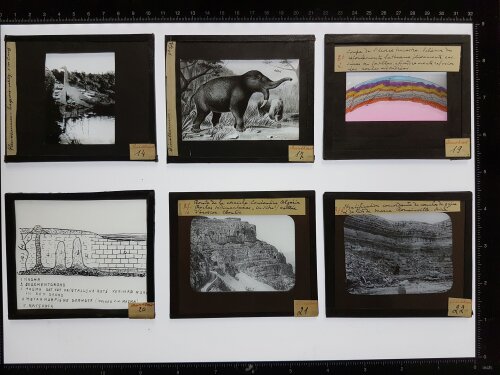Postdoc: TEUGHELS Nelleke (KU Leuven) | Supervisor: WILS KAAT (KULeuven).
Nelleke Teughels investigates the projection lantern’s distinct contributions to and links with didactic practices and visual media use in schools at the end of the nineteenth and in the early twentieth century. By the end of the nineteenth century, due to its versatility and flexibility, the magic lantern was already a well-established medium for both entertainment and instructional purposes. In the first decades of the twentieth century new educational media such as film, episcopes for projection of opaque images and films fixes (or filmstrips, or diafilms, as they were also known) came on the market as alternatives to lantern slide projection. Each of these alternatives had its own advantages: episcopes allowed for the projection of a wide range of images that were often already available to the teacher (e.g. textbook images) or that were cheaper to acquire (such as postcards, hand drawn images or newspaper clippings), and in any case less fragile than lantern slides. However, during the entire period under consideration, the arrival of these alternatives would not seriously erode the lantern’s popularity for instructional purposes.
The medium’s endurance has been credited to its wide range of cultural functions (Kember 2009), but also to technical progress (e.g. the introduction of photographic images and electric illumination) and the medium’s particular dispositif. Nevertheless, by the end of the period under consideration, film had replaced magic lantern projections virtually everywhere except in the classroom. In order to better understand this shift in use of the magic lantern, this postdoctoral project will investigate its distinct contributions and its links with other visual media used in schools, namely film fixes, episcope projection and educational film. This project makes use of the concept of dispositif, that will allow us to better understand the intermedial relationships between various types of light projection and why some types of images were seen as fit for educational purposes while others were not.
